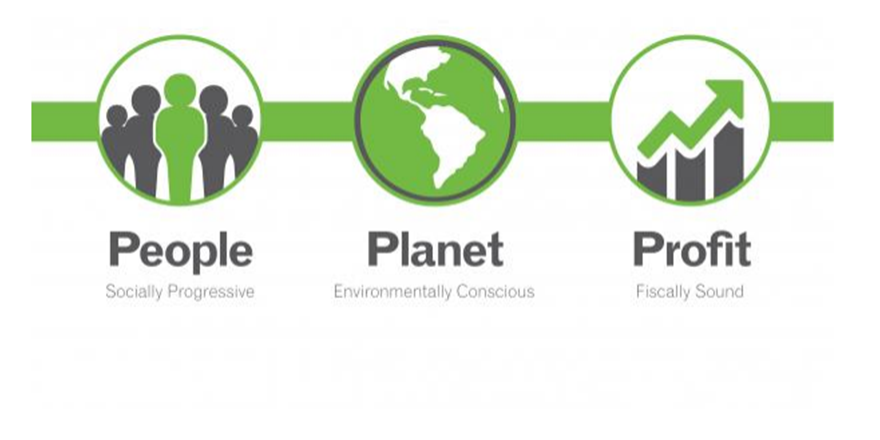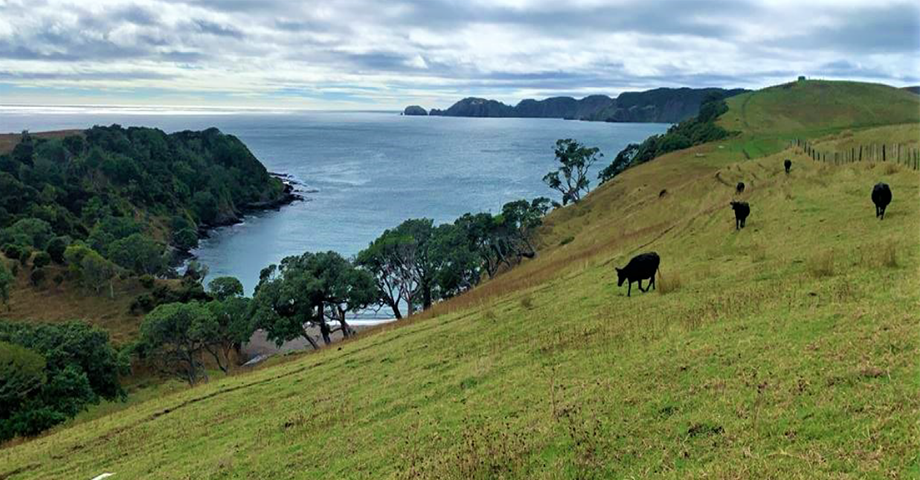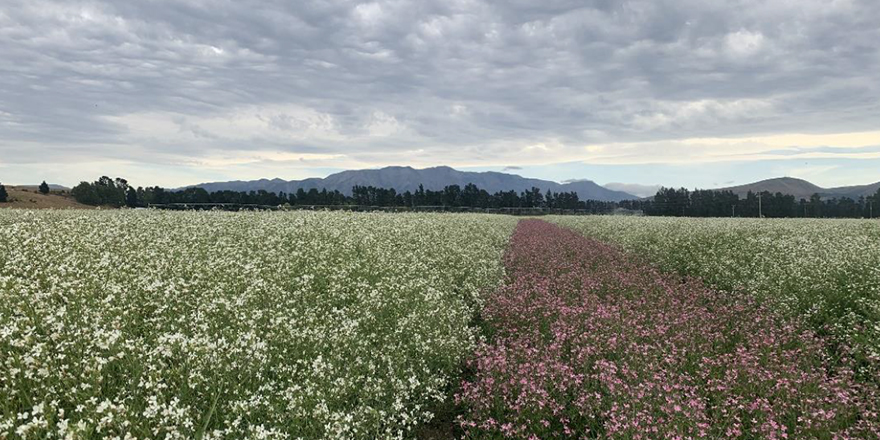
Executive Summary
In the Farmer/Grower Survey (2021) a grower argued that the reason for any change is to make sure their business can remain sustainable. Change needs to be motivated by a sustainable business model, which means resilience and being able to adapt to a changing environment (Viticulture A, F/G Survey, January 29, 2021). This changing environment is occurring fast, how we respond to topical issues will be the driver of change in the discerning consumer market. The “Fit for a Better World” document describes the way we respond to climate, freshwater and biodiversity will define us as a sector and as a generation. Consumers and customers will judge us by it, and so too will our grandchildren (Primary Sector Council, 2020).
There is a rising consumer awareness on how and where their food is produced. What effect has this food had on the environment? What conditions are those producing the food and fibre working in? These questions continue to evolve, meaning we as food and fibre producers need to be able to adapt and prove our credentials. This raised awareness affects market access requirements, documentation and the changes we need to implement if we wish to be a
premium product producer.
This movement from volume to value is an acceptable concept and one New Zealand is in a prime position to take advantage of. The ‘triple bottom line’ presents the idea for sustainability to be achieved by a combination of three groups: people, planet, and profit. Are New Zealand‘s primary industries asking our farmers and growers for too much focus on the pillars of people and planet? The risk to having a lopsided focus on people and planet issues is that those actions may outweigh the third pillar of profit, thus sustainability being compromised. The importance of a sustainable and resilient business model is key to our success in capturing the value opportunity.
This report aims to raise awareness of the importance of having a balanced and supportive approach to change. Making change can be separated into three buckets: imposed, collaborative, and change by choice. The clear difference in the change buckets comes through the perception of having control. Being in complete control is found in the change by choice bucket. Collaborative change retains a semblance of control (even if it’s not the farmer/grower’s choice), making it easier to navigate. The toughest version of change is imposed change, where the farmer/grower has little control nor collaboration. The perception of increased imposed change for NZ farmers/growers is something the primary industries need to be wary of, given the effect this change type has on mindset and profitability.
Sustainability is across all things – whether it relates to people, the environment or economics. I wanted to understand the points of view of our farmers and growers to see why/how they are currently making changes in their business and if they are ready for the continuation of change.
To be truly sustainable, primary businesses need to create a model that provides a level of profit that can be reinvested back into their business. This is an important study for the primary sector to understand how it can be best promote change within industries. If the change comes at a cost to work such as infrastructure upgrades, yield loss through the change of inputs or staff wage increases, when is it the right time to implement change? Have different regional variances, farm types, planning, and work that has already been started but may not be written down, been considered? We need our changes captured so we can realise the value opportunity.
This report included both a literature review and a qualitative approach through a series of semi–structured interviews. I have analysed the themes, common messages from both the interviews and the literature to provoke further insight and discussion.
The incentives for farmers and growers are recognised as three different buckets, which can be generalised as a commodity producer, a niche/premium market, and someone seeking a premium through trading on their ethically produced products. The New Zealand primary industries have producers in each of these buckets. Considered change is needed for each incentive bucket, so the farmer and grower are being recognised for the change required.
An area I have seen as being overlooked is that change is a human problem! From one farmer to another, the way they would cope with change is different. Kubler–Ross change curve model (Elizabeth Kubler–Ross Foundation, n.d.) is very useful to identify and understand how people deal with change. The emotions linked to the seven stages can be a useful tool to identify where an individual may be with the state of change and how to transition through to the integration of change intended.
Change that is sought by the consumer, the market, government, or the individual farmer and grower, means an understanding of the producer’s readiness and support for change. In this study, I explored examples from the survey participants of actions that were imposed change, change by choice, and change by collaboration.
What was evident was that the farmers and growers are already engaged with change and they believe in constant improvement with their operations. I found that farmers/growers feel they are mostly ready for making change and more ready than their neighbours’, and those sectors they are participating in, also more ready than the New Zealand primary industries as a whole. The areas of opportunity and challenge discussed by the survey group also had an alignment to that of the priority actions captured in the KPMG Agribusiness Agenda. As I discovered during this study, the shift to a general understanding from New Zealand farmers/growers is that they need to better represent themselves to the concerning consumer. The challenge is not the why? But to articulate and prove our credentials to those consumers.
With a common problem across all primary industries, the need for strong and clear leadership is evident. A shift in power from being government lead to a more collaborative approach is needed to achieve better outcomes for the primary sector. Sharing a joint vision of Te Taiao (English translation: the natural world, environment) means we can have more responsibility being held in the hands of those best positioned to engage, enable, develop and implement the change needed.
My recommendations are:
- To achieve the vision and strategy of “Fit for a Better World”, we need leadership to not only verbally accept the document. Leadership needs to be visible by having a Primary Sector Council structure and governance that has both the sector and government working together.
- Our farmers and growers will need further support with Farm Environment Plans so that the entire primary sector can benefit from raising the standard of reporting. The government needs to see this as a necessary investment in making the shift towards achieving price premiums. Engaged farmers and growers should be backed by a trusted Farm Assurance Programme to brand New Zealand premium products to the export markets.
- Change is a human problem, so messaging and support is critically important to those both implementing and being affected by change. Seeing farmers/growers are already contributing so much towards change. I believe those that have an increased capacity to better support are both media and the government. The role they have to play in changing the narrative and funding the support services to the rural sector.
Download and read the full report here




